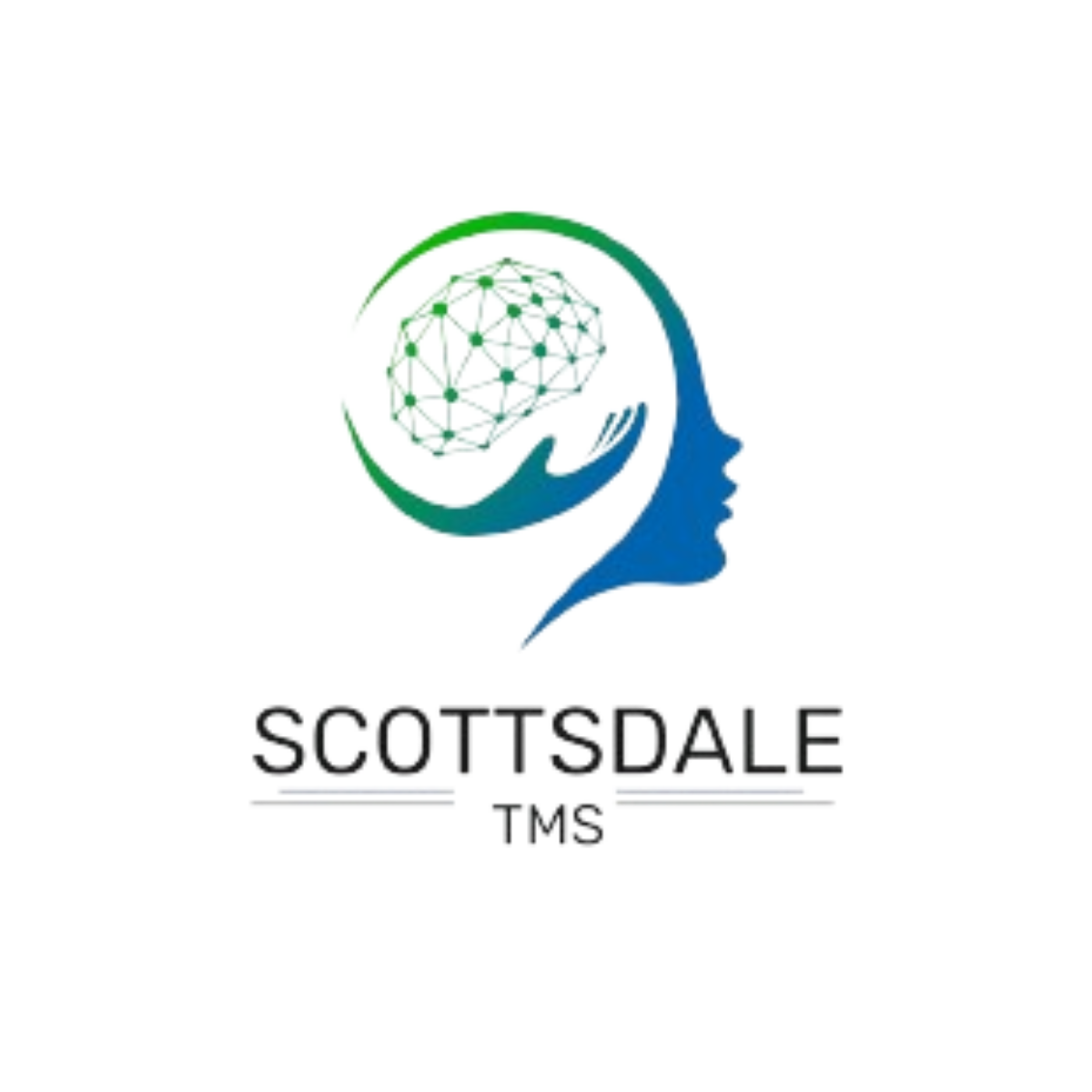Depression affects millions worldwide and remains one of the most challenging mental health conditions. While traditional treatments such as medication and psychotherapy help many patients, some experience persistent symptoms despite these efforts.
This gap has fueled the development and adoption of brainwave treatment for depression that targets specific parts of the brain using advanced stimulation therapy methods. These therapies are transforming the landscape of depression treatment, especially for those with treatment-resistant major depressive disorder (MDD).
In this comprehensive guide, we will explore the most prominent brain stimulation therapies, detailing their mechanisms, benefits, and FDA status.
Questions Answered in This Article:
Our Alcohol Addiction Treatment Programs

Scottsdale Rehab
Luxury Personalized Rehab

Hart Rehab
Holistic Luxury Personalized Rehab

Scottsdale Detox
Luxury Medical Detox
What are Brain Stimulation Therapies?
Brain stimulation therapies represent a form of brainwave treatment that influences neural circuits by delivering controlled electrical pulses or magnetic energy to specific parts of the brain. This targeted approach can reset or modulate abnormal brain activity linked to mental health conditions such as major depressive disorder, OCD, and certain movement disorders.
Unlike traditional treatments, stimulation therapy works directly at the level of brain circuits and neuronal connectivity. Various techniques differ by their invasiveness, the technology used, and the depth of the brain areas they target. The common goal is to improve symptoms by altering brain activity in specific regions responsible for mood regulation.
Common brain stimulation therapies include:
- Transcranial Magnetic Stimulation (TMS) and Repetitive TMS (rTMS): Noninvasive methods using magnetic pulses.
- Electroconvulsive Therapy (ECT): Invasive electrical stimulation inducing seizures under general anesthesia.
- Deep Brain Stimulation (DBS): Surgical implantation of electrodes in deep brain areas for continuous stimulation.
Transcranial Magnetic Stimulation (TMS)
Transcranial magnetic stimulation, often abbreviated as TMS, is a breakthrough form of brain stimulation approved by the Food and Drug Administration for major depressive disorder, particularly when other treatments fail.
It is noninvasive and utilizes a magnetic pulse to stimulate neurons in targeted areas of the brain associated with mood regulation, primarily the prefrontal cortex.
How TMS Works:
- A coil device is placed on the scalp.
- It sends repetitive TMS (rTMS) signals through the skull.
- These pulses activate neural circuits responsible for mood regulation.
Repetitive TMS (rTMS) is a commonly used protocol where magnetic pulses are delivered repetitively over several sessions, typically daily for four to six weeks. Newer forms of accelerated TMS can condense treatment duration by increasing intensity and frequency of brain stimulation.
TMS offers advantages such as minimal side effects and no requirement for general anesthesia.
Electroconvulsive Therapy (ECT)
Electroconvulsive therapy is one of the most established and effective forms of brain stimulation used for severe or treatment-resistant depression. Unlike TMS, ECT involves delivering controlled electrical pulses directly to the brain to induce a therapeutic seizure.
Medical professionals perform ECT under general anesthesia or with muscle relaxants to ensure patient safety and comfort.
How ECT Works:
ECT sessions use electrodes placed on the scalp to pass brief electrical pulses that cause seizure activity. This seizure is believed to “reset” brain activity by altering connectivity and neurotransmitter systems across various parts of the brain involved in mood regulation.
A typical course of ECT consists of multiple treatments over several weeks. Though very effective, this therapy carries considerations related to memory loss and cognitive side effects, often short-term but occasionally longer.
ECT remains the treatment of choice for severe major depressive disorder cases where rapid symptom relief is critical, such as suicidal ideation or psychosis. It is approved by the FDA and has been used for decades to treat mental health conditions.
Deep Brain Stimulation (DBS)
Deep brain stimulation represents an advanced and invasive form of brain stimulation therapy used primarily for severe, treatment-resistant mental health conditions and movement disorders such as Parkinson’s disease.
How DBS Works:
DBS involves implanting electrodes directly into deep areas of the brain responsible for regulating mood and movement. These electrodes deliver continuous electrical pulses, modulating abnormal brain activity in real time.
This medical process involves brain surgery to target precise areas of the brain affected by MDD and OCD. Post-surgical DBS devices are adjustable, allowing physicians to personalize stimulation parameters for optimal symptom improvement.
DBS devices are FDA-approved for certain movement disorders and OCD, with ongoing clinical trials exploring their efficacy in depression. Given the invasiveness, DBS is reserved for patients unresponsive to less invasive therapies.
Other Brainwave Treatments for Depression
Vagus Nerve Stimulation (VNS)
Though not a direct brainwave therapy, vagus nerve stimulation affects brain activity through the vagus nerve, which connects the brain to many internal organs.
This involves implanting a small device via surgery. This device sends electrical pulses to the vagus nerve at regular intervals.
Neurofeedback Therapy
Neurofeedback is a non-invasive brainwave treatment that helps train the brain to self-regulate. It works by placing sensors on the patient’s scalp to monitor brain activity. Real-time feedback teaches the brain to adjust patterns. Over time, this can promote healthier emotional regulation.
This option is applicable to people with mild to moderate depression, anxiety, ADHD, PTSD, or those seeking a non-drug alternative.
Benefits of Brain Stimulation Therapy
Brain stimulation therapies offer several advantages over traditional antidepressants and psychotherapy:
- Targeted Action: They directly modulate brain activity in specific areas of the brain implicated in mood disorders.
- Improved Symptoms in Resistant Cases: Many patients who do not respond to drugs can experience significant relief.
- Fewer Systemic Side Effects: Unlike medications, these therapies typically do not cause widespread systemic effects.
- Potential for Faster Relief: New protocols, like accelerated repetitive TMS (rTMS), reduce overall treatment time.
- Applications Beyond Depression: Benefits extend to other mental health conditions such as OCD and movement disorders.
- Long Term Efficacy: Many patients maintain symptom improvement months to years after treatment.
Who Should Consider Brainwave Treatments?
Brain stimulation therapies are ideal for people who:
- Have not responded to at least two antidepressants
- Cannot tolerate the side effects of psychiatric medications
- Need rapid relief (in the case of ECT)
- Are managing complex or chronic mental health conditions
These therapy options are especially useful for people with major depressive disorder, obsessive-compulsive disorder (OCD), postpartum depression, and in some cases, bipolar disorder.
Finding Help and Treatment
Living with depression can feel overwhelming, especially when traditional treatments don’t provide relief. But you don’t have to suffer in silence. Brain stimulation therapies offer promising, evidence-based options for those struggling with major depressive disorder and other mental health conditions.
Whether you’re exploring transcranial magnetic stimulation (TMS), electroconvulsive therapy (ECT), or deep brain stimulation (DBS), these treatments can help improve symptoms, restore daily functioning, and bring hope to those who need it most.
If you or someone you love is battling depression, reach out to a mental health professional. Early intervention, personalized care, and access to advanced therapies can make a life-changing difference. There is no shame in seeking help—only strength in taking the first step toward healing.
Schedule a consultation with a TMS provider near you to see if this innovative treatment is the breakthrough you’ve been searching for. Many have rediscovered themselves through TMS, and you can too.

